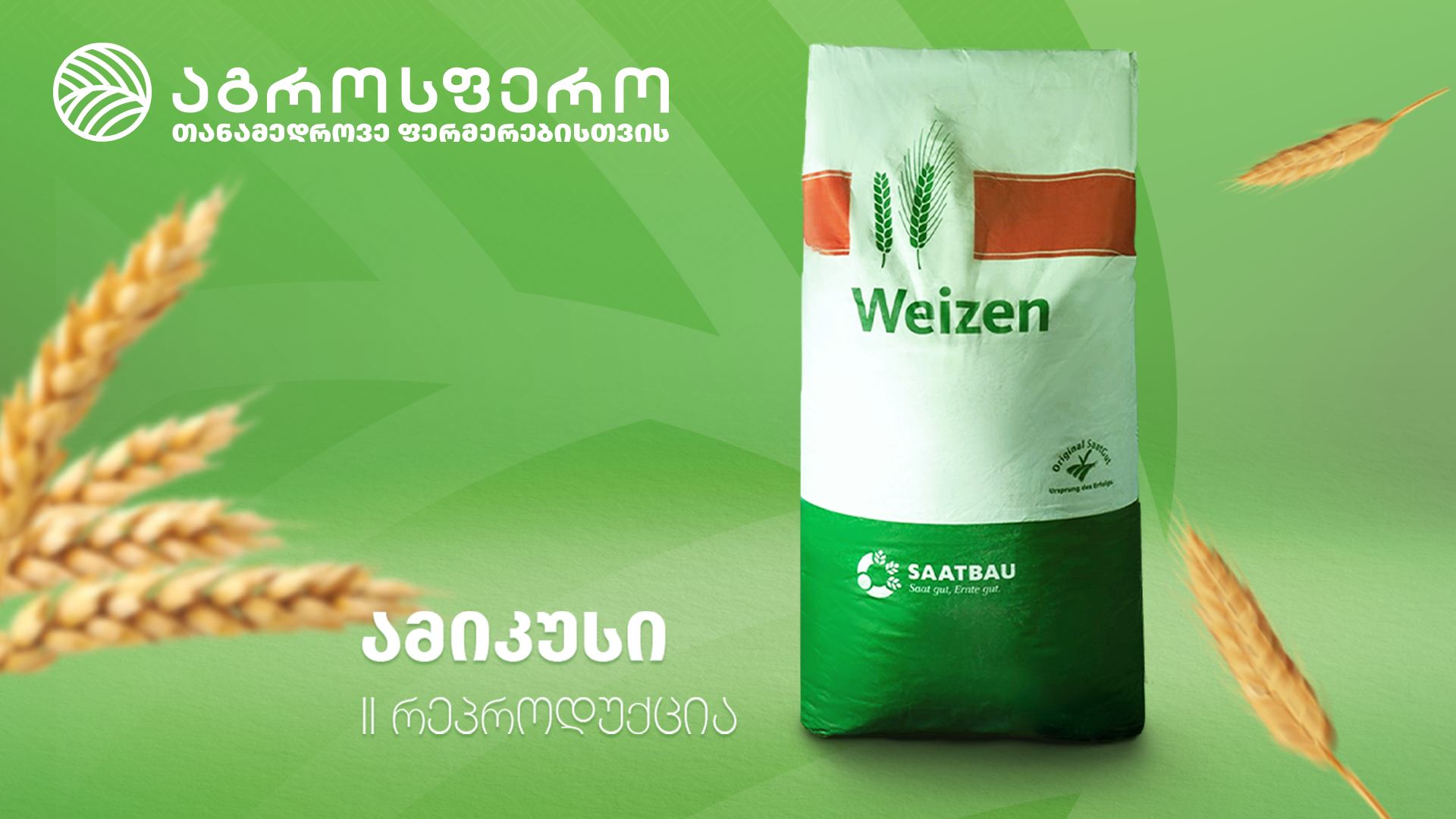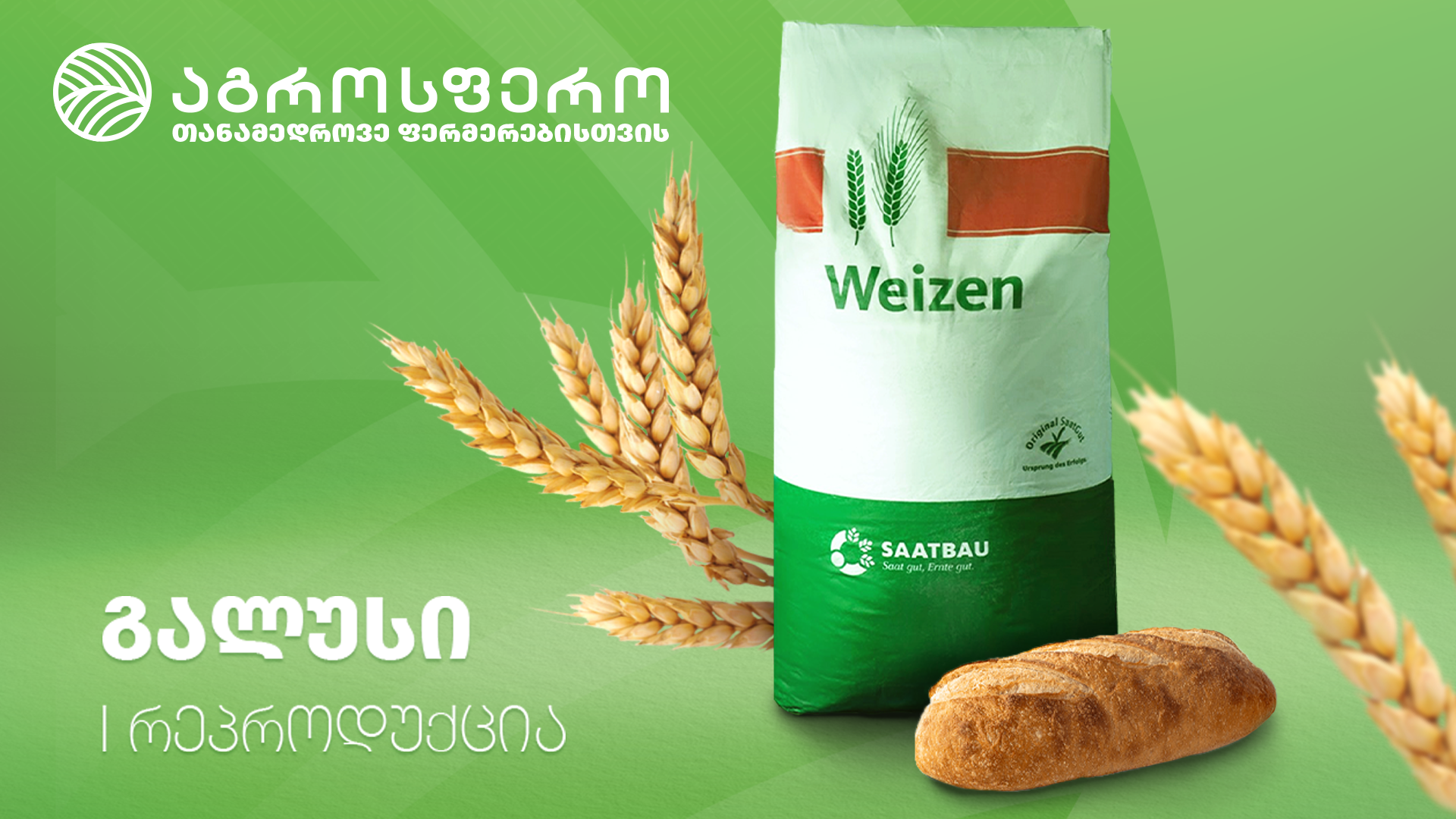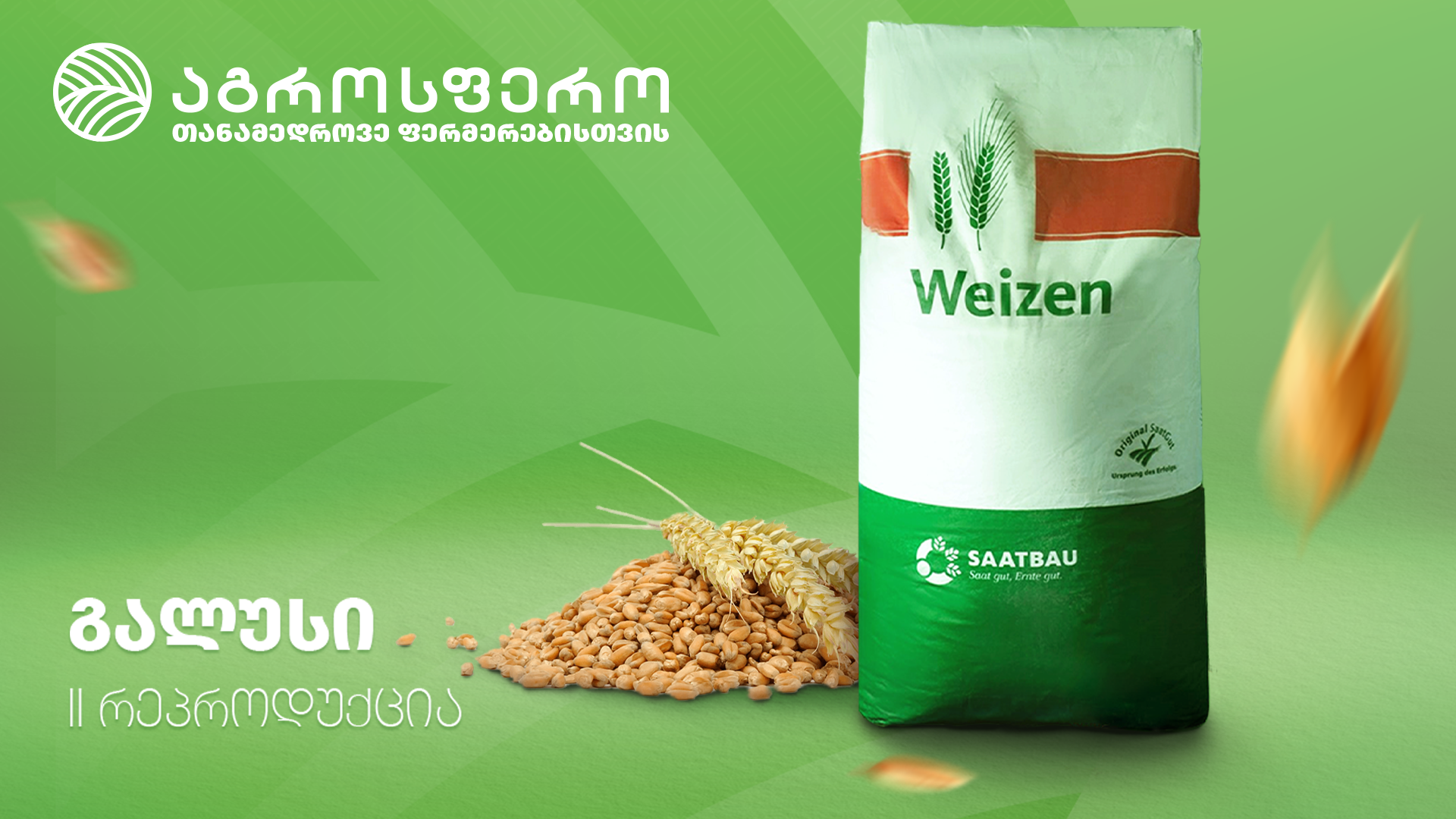Innovative Seed Breeding: An Interview with Saatbau Representative Tanja Hübner
They must not only be suited to the region's climate but should also promote healthy plant growth. For 73 years, Austria's Saatbau has been dedicated to crafting such seeds and developing superior varieties.
Globally renowned for its quality, Saatbau's collaboration with Georgia's "Agrosphere" in recent years has further solidified its presence, producing wheat and barley seeds tailored to Georgia's unique climate.
To delve deeper into the creation of innovative agricultural products and their benefits, we spoke with Tanja Hübner, Head of Business Development at Saatbau.

Could you briefly recount Saatbau's history?
Saatbau's journey began in 1950 in Austria. Back then, there was a pronounced deficit of quality seeds in the market. This led five visionary Austrian farmers to form a cooperative, setting the foundation for Saatbau. Today, it's an international entity, boasting 16 subsidiaries and having stakes in both domestic and international institutions.
From its inception, Saatbau aimed to make Austria self-reliant for its seed needs and developed indigenous products. Today, our high-quality seeds cater to not just Austria but 35 countries worldwide.
What strategies help Saatbau maintain its global leadership?

Our edge lies in our expertise in both product creation and process management. We are agile, adapting swiftly to evolving market demands while persistently pursuing innovation. Our primary objective is to benefit our farmers and patrons—a fact they deeply appreciate, placing immense trust in us. Notably, our production undergoes stringent quality checks, ensuring complete transparency. It's this combination that helps Saatbau retain its pole position in the agricultural sector.
Could you shed light on the innovative breeding process at Saatbau?
The process begins with choosing suitable parent plants or varieties. These are then crossbred to amalgamate their finest traits into a single hybrid. Our breeders initially simulate this on computers before real-world field testing.
Every year, we explore hundreds of thousands of variations across multiple sites in Europe and South America to discern the optimal combinations. The standout hybrids are subsequently subjected to environment-specific tests spanning about three years. On average, one hybrid's journey, from inception to the finalized product, spans 7-10 years. Concurrently, Saatbau continually refines existing materials to enhance their features.
We often collaborate with partners. A case in point is our partnership with "Agrosphere" in Georgia, where we jointly create strains optimal for Georgia's unique climate.

How would you rate your partnership with "Agrosphere"?
Our collaboration with "Agrosphere" initiated a decade ago when we began grain seed trials in Georgia. Back then, distinguishing between seed varieties was a novel concept for many local farmers. Fast forward to today, and "Agrosphere" clients can discern variations, understanding the nuances and importance of each. This transformation, I believe, is "Agrosphere"'s legacy.

Significantly, Georgia lacked a structured protocol for material certification and market introduction years ago. This landscape has evolved, with "Agrosphere" playing a pivotal role. Such milestones reinforce our belief in proactive engagement and vocalizing transformative ideas.

